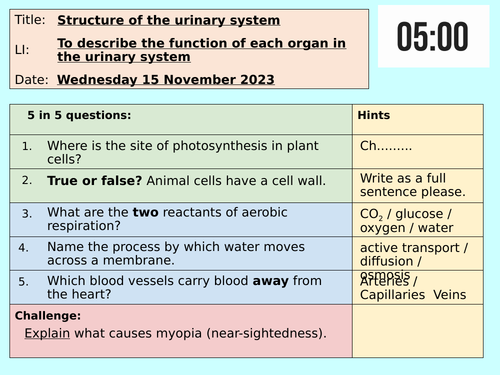Eleanor-crook's Shop
I am a secondary science teacher from Plymouth, United Kingdom. I have a passion for designing interactive, engaging and well scaffolded resources that are inclusive for all pupils. I teach all years, from years 7-13. I teach KS3 Activate (Biology, Chemistry and Physics), AQA GCSE Combined Science Trilogy (Biology and Chemistry), AQA GCSE Biology, AQA GCSE Chemistry, and A Level Biology (OCR A).





















